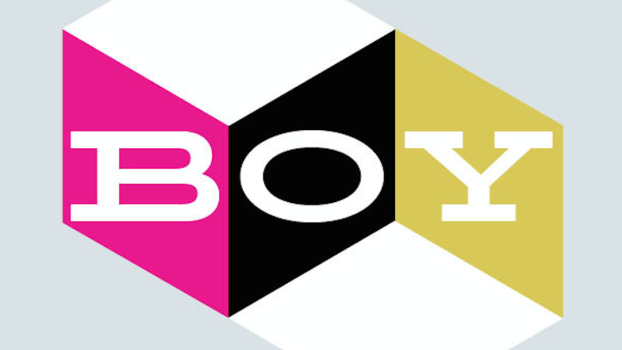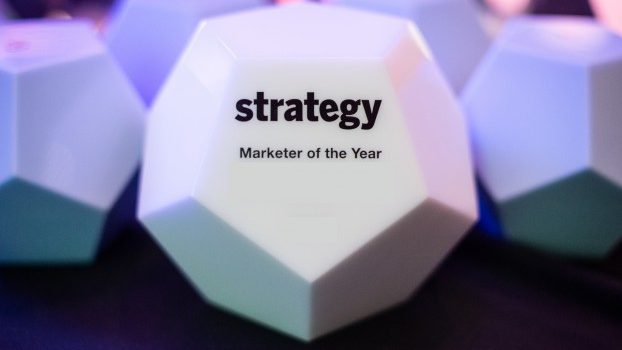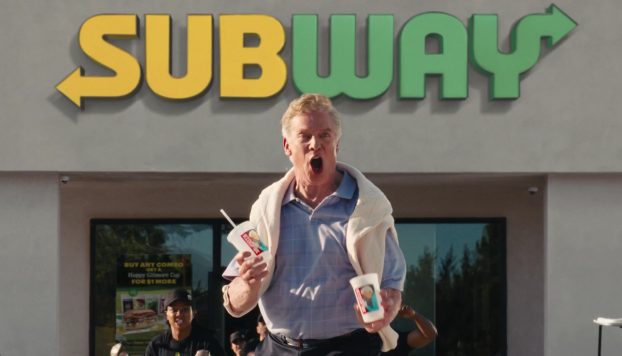
Rubina Singh, Chief Marketing Officer, Wealthsimple
By Will Novosedlik
In this series, we ask top marketers across the country about their biggest fears and concerns. What are the things of marketing nightmares? This week, we catch up with Wealthsimple’s chief marketing officer Rubina Singh about the biggest problem she faces.
Singh, who has held her current role at Wealthsimple leading its full-funnel marketing team for a year, has a decade of senior marketing leadership experience at brands primarily within the tech space. Previously she was the SVP of marketing at climate technology company Arcadia and the head of global consumer marketing at Pinterest.
So what’s keeping you awake at night these days, Rubina?
We all know what the market conditions are these days: money does not go as far as any of us would like it to. And when you start putting people’s financial goals on top of that – from how they’re going to be able to shop for the holidays to how they’re going to invest and save for retirement – everything feels really uncertain. So what I want to be able to do is provide them with confidence that they made the right choice in their financial relationship, and guide them through the turbulence. And then when the market is on a more positive trajectory, to make sure they stay the course and are able to make smart choices. That is honestly what keeps me up at night more than anything.
What are the challenges of guiding people through these difficult times?
Our media landscape is extremely fractured these days, whether it’s offline, online, or on social media. And having worked within the tech landscape for years, I know there’s always something new on the horizon. That makes it tough to keep them on a consistent path that will ultimately lead to a successful financial future and to communicate to them through all of the different touch points that constitute today’s media habits. Its something that I’m very focused on. I want to make sure that we are able to create really specific client journeys. It’s no longer enough to say things like, “We are trying to reach 25-54 year-old women who watch TV at at a certain time of day and who are on this or the other social media platform.” You have to get extremely personal with those journeys and be able to do that effectively, cross-platform.
Then there are the challenges of managing all the different skillsets you need to bring in to support, right?
At Wealthsimple, we have an amazingly talented in-house creative and production team. To get back to the fractured media landscape, what we need to be able to do is to scale and nimbly flex up and down depending on what’s happening. There are times when we need to scale beyond the resources that we have available internally, to use more of what I call a “hub and spoke model.” Our team is the center of excellence creatively and strategically. And what we do on a project-by-project basis is find agencies that feel like a true extension of our team. Sometimes we need additional headcount to be able to supplement what we’re doing, or we’re looking for a very specific type of expertise that we have not invested in internally. Other times we just need another thought partner to get us out of our Wealthsimple bubble. That’s usually when we flex with external parties, whether it’s agencies or freelancers. But I think it’s a very unique brand asset to have such a deeply invested creative and production team. We want to make sure that we maintain its integrity.
Where’s most of the competitive pressure coming from these days?
I’m located in New York, so it’s been fascinating to compare the U.S. financial landscape with the Canadian one. In Canada, fintech market penetration is still in its early stages. What I think Wealthsimple has done effectively is to invest in the market very early on. It’s coming up on its 10-year anniversary next year, and we’re very excited to dive deep in terms of client stories in support of that. But because the company has spent so much time investing in the market, really learning what Canadians need and not just trying a playbook from somewhere else within the market, I think Wealthsimple can uniquely meet the financial needs of Canadians in a way that a lot of other companies can’t.
And from my perspective, when I think about it as a marketing challenge, I believe that what Wealthsimple really needs to stay focused on is what I said right at the beginning. It’s about making sure that we develop a personal and intimate connection with our clients. You know, [people are] revealing their biggest hopes and their deepest fears when they’re talking about anything financial. And if we can use that core of human truth that we are focused on across our campaigns, I think that’s a way for our creative and our storytelling to stand apart, regardless of who’s in the competitive landscape.
We tend to think of Wealthsimple as a millennial brand. Was that ever meant to be the case? And if so, is it still the case?
I think when Wealthsimple came to be, it was clear that it was focused on the benefits of digital technology in order to offer a really unique financial solution to people. At that point, the people who were willing to try new things were in the millennial age bracket. But since then, two things have happened.
One, our Wealthsimple product platform has really expanded to be able to meet the needs of Canadians across investing, saving, spending and trading. So we offer a very broad, holistic financial experience now. With that, we can meet the needs of anybody no matter what generation they’re from and what their financial goals are.
The second aspect is Canadians’ comfort with digital solutions for their financial needs has also increased. I think that combination has really set up Wealthsimple to be able to help a broader range of Canadians than they were focused on before. It’s also one of the reasons why we were so excited to partner with Martin Short for a recent campaign. I think it is very, very difficult to find any sort of celebrity or influential figure who can span generations the way that he can. Across his storied career, he can talk to literally any generation, which I think is very unique and is also a parallel benefit of what Wealthsimple can do for people’s financial needs.
Were there any challenges associated with getting that campaign off the ground?
We were very ambitious about the timeline. We wanted to be able to get the message out at this time that there are holistic solutions out there that can meet Canadians’ needs even in current market conditions. So that was really important to us. When you’re trying to work fast while keeping a high-quality bar, it gets really difficult. But that’s when we really benefited from having that creative center of excellence internally. We also partnered with an agency called Preacher out of Austin, Texas, and worked hand in hand with Martin Short and a writer that he worked with closely on all of his comedy. So it was a lot of Google Hangout calls and working and shaping the storyline together. And I think that’s what allowed us to pull it off on the timeline that we had.
He’s Canadian, so he is a cultural hero here. But he is also an icon in the US. Was this campaign covering both markets?
Just Canada. We are very focused on meeting the financial needs of Canadians right now. I hope our creative storytelling goes beyond and is able to entertain and inform people as widely as possible. But ultimately, Wealthsimple’s goal with that campaign is to focus on Canadians and their financial relationship with us.























